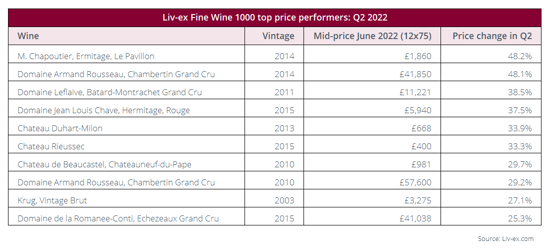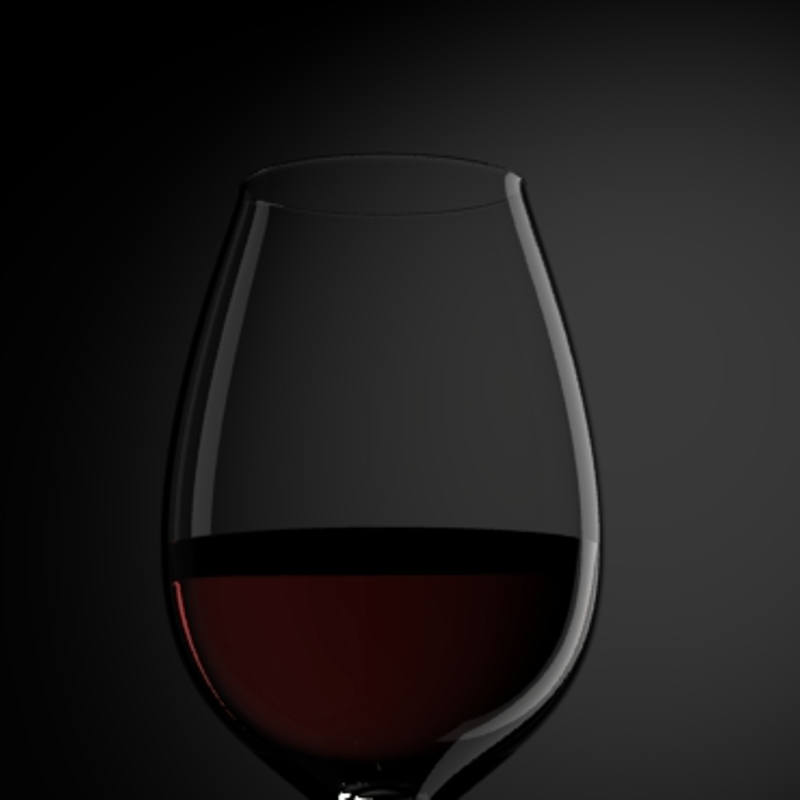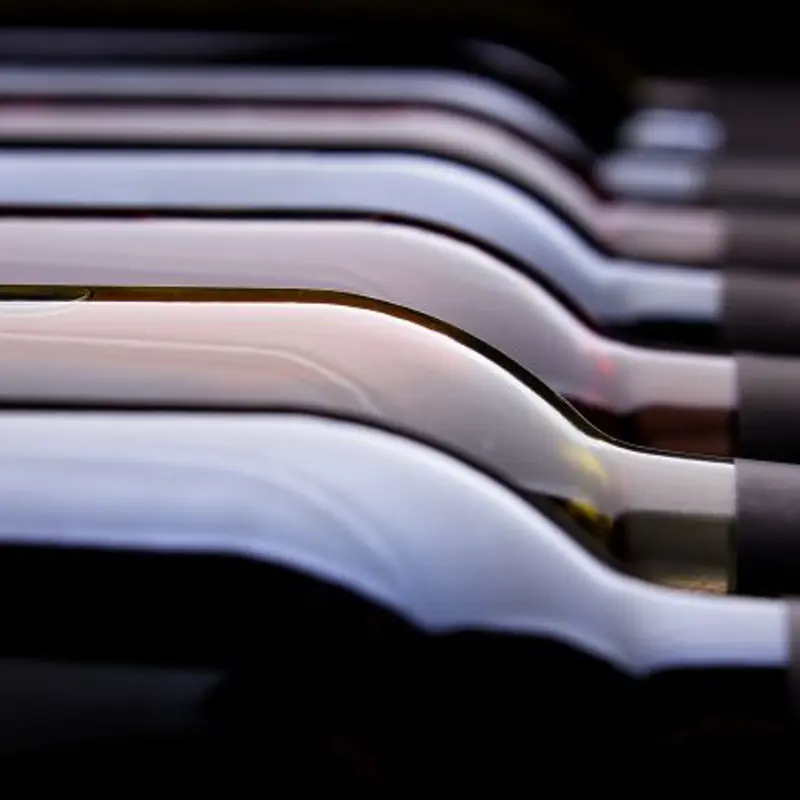Fine wine market summary Q2 2022
Fine Wine Market Summary, Q2 2022
Against a background of rapidly rising inflation and economic instability, the fine wine market continued to rise in Q2 of 2022. The rate of growth was slower than in Q1, with the Liv-Ex 1000 rising by 4%, making a gain of 11.1% since the beginning of this year.
The Bordeaux 2021 en primeur campaign did not generate the excitement of the preceding three vintages (despite many beautiful wines being made), but Bordeaux's market share of sales by value rose from 32.8% in Q1 to 35.8% in Q2, driven by sales of older vintages (pricing and demand for the 2019 vintage, now in bottle, has been strong).

However, the main drivers of price increases were Burgundy and Champagne. For several years commentators have wondered if Burgundy pricing represents a bubble, but the pressure on supply appears only to be increasing, with a very small harvest in 2021. Liv-Ex's Burgundy 150 index rose 8% in Q2 alone. Champagne pricing is driven by prestige cuvees, particularly Cristal, with worldwide demand for such labels.
Sterling's weakness against the dollar has made the UK fine wine market more affordable to US and Asian buyers. The reputation of fine wine as a 'safe haven' investment help to protect it from the numerous problems facing the global economy. As a physical commodity, wine may also offer some protection from inflation, with a tendency for commodity prices to increase in such circumstances.
E-mail us to discuss or start investing.
Data courtesy of Liv-Ex.
YOU MUST BE 18 AND OVER TO PURCHASE AND CONSUME WINE AND ALCOHOL


